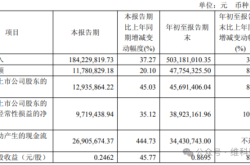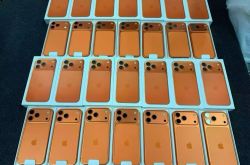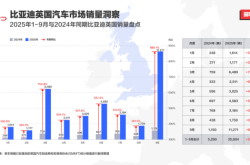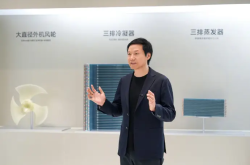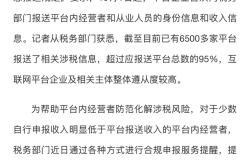China's Household Robot Ambition: vivo's Foundations, Journey, and Opportunities
![]() 03/27 2025
03/27 2025
![]() 500
500
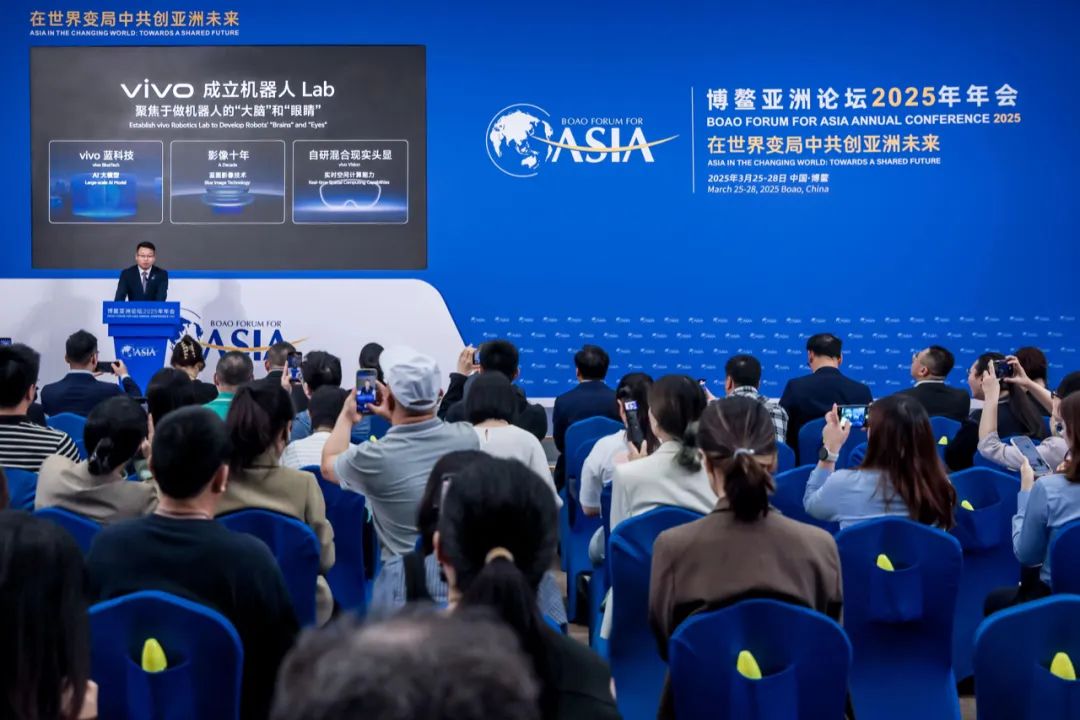
Drawing on over three decades of technological prowess and hands-on experience in mobile phones and communications, vivo aims to leverage these into three core reusable advantages in the household robot industry.
Author | Cindy
Editor | Yang Ming
Isaac Asimov's futuristic vision in "I, Robot" is transitioning from science fiction to reality in contemporary China. From stealing the show at CES, donning northeastern floral jackets to perform yangko dances on the Spring Festival Gala, to running marathons and patrolling streets, robots have emerged as a popular and closely watched sector, attracting numerous giants and substantial capital investment.
Recent news indicates another "titan" has entered the fray.
On March 25, at the 2025 Boao Forum for Asia Annual Conference, Hu Baishan, vivo's Executive Vice President, Chief Operating Officer, and head of the Central Research Institute, officially announced the establishment of vivo's Robot Lab, marking the company's foray into the robot industry.
Hu Baishan stated that vivo will focus on the technological advancement of the robot's "brain" (AI Agent) and "eyes" (MR), targeting the consumer market with robot products tailored for personal and household use.

vivo's focus on the consumer market stands in contrast to the B-end scenario exploration pursued by most current enterprises. Given vivo's 30-year focus on the communication business, why the crossover into robots? And how will it reshape the industry?
01
Strategic Choice:
Differentiated Layout, Addressing Industry Pain Points
vivo's entry into the robot sector has been in the works for some time. Prior to the official announcement, job postings revealed that vivo had begun recruiting robot technology planning experts globally, with top salaries exceeding 1.2 million yuan.
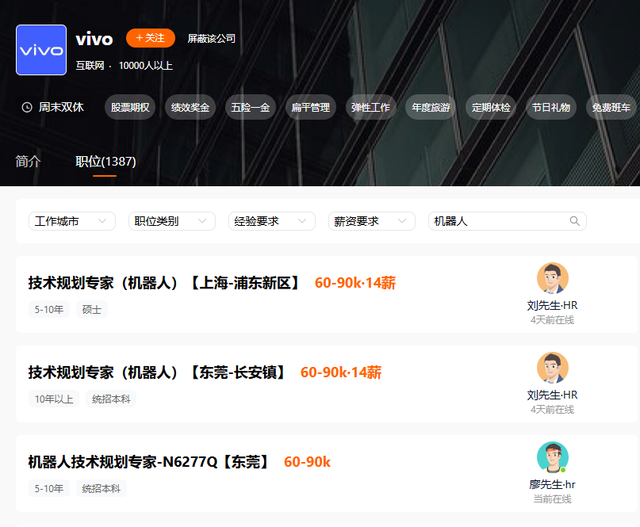
Earlier, in late 2023 and January 2024, Hu Baishan twice hinted at vivo's intentions through the "vivo Lounge", indicating that besides mixed reality devices (MR), robots are another industry vivo could tap into.
However, questions persist: Why has vivo chosen robots now, when other phone manufacturers are actively "crossing over" into the automotive sector?
Not entering the automotive sector doesn't imply a lack of capability. vivo boasts healthy cash flow and, in 2023, announced 1,624 automobile-related invention patents, ranking 10th in China. All this indicates that entering the automotive industry wouldn't be a challenge for vivo.
For any enterprise, whether to specialize or diversify, and what to do or not, involves not only considering the external environment but also weighing whether it aligns with the organization's DNA, core competencies, and long-term vision.
For vivo, adhering to its principles, prioritizing long-term tracks, and emphasizing user experience and technological innovation are paramount, reflecting its corporate DNA upheld for decades—vivo's consistent top performance in China's mobile phone market for four consecutive years is a testament to this.
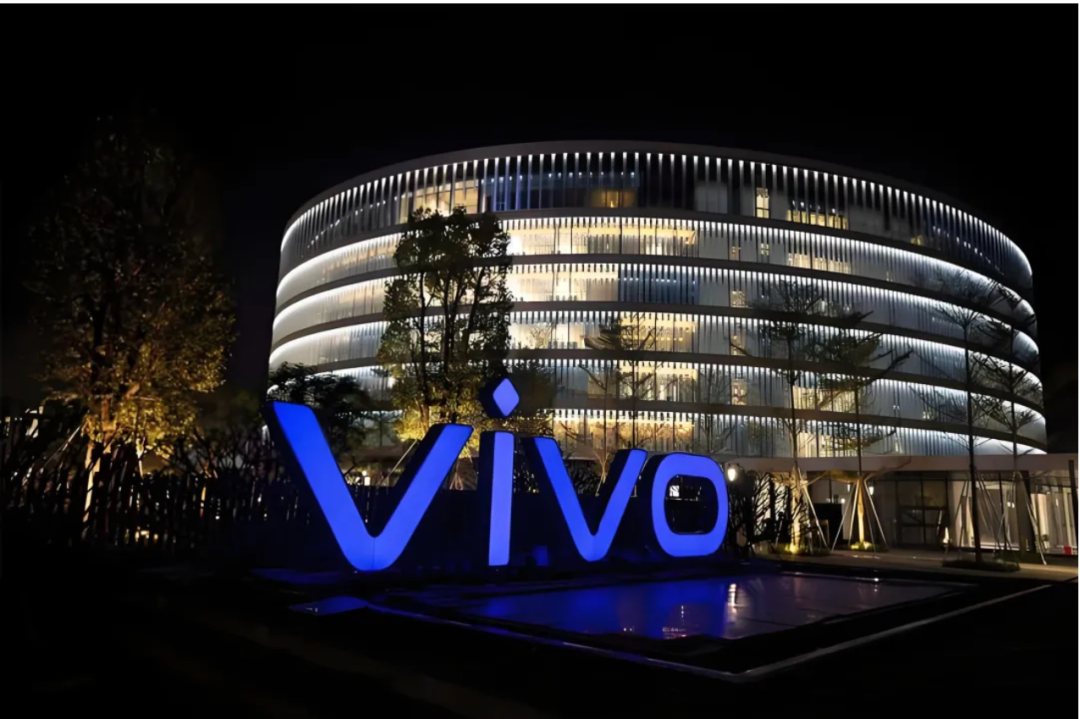
The management team's decision to bypass the automotive industry's windfall stems from their commitment to user value: China's automotive market has entered a fierce battle for existing market share, which contradicts vivo's core philosophy of focusing on long-term tracks and creating user value.
In contrast, the robot sector presents a vastly different landscape.
As the next generation of intelligent terminals, this sector holds long-term potential and substantial returns. Elon Musk predicts that robots will outnumber humans by 2040, while Citibank forecasts the global market size to reach $7 trillion by 2050, surpassing the combined market capitalization of Apple and NVIDIA.
Currently, policy support, the entry of giants, and capital empowerment across regions have provided unprecedented impetus for the robot sector's development—cities like Beijing, Shenzhen, Hangzhou, Shanghai, and Qingdao have made robots the focus of their new round of urban industrial competition. The Ministry of Industry and Information Technology's guidance also underscores robots' importance as a new engine of economic growth.
From an industry perspective, the global robot sector is already booming, presenting a diversified competitive landscape. However, it's noteworthy that the vast majority of players focus on B-end scenarios. For any intelligent terminal to gain widespread popularity and deeply explore commercialization paths, it must rely on C-end applications such as households and individuals. This holds true for home appliances, artificial intelligence, and smart cars, and robots are no exception.
Compared to the gradual maturity of B-end industrial-grade robots, household robots that cater to C-end demands are still transitioning from "feature phones" to "intelligent entities," with significant room for development in addressing users' complex needs.
As one robot practitioner puts it, many robots can perform square dancing, backflips, running, jumping, climbing slopes, and horse-riding stances, but they lack complex interactions with objects. Only the "lower body" has matured. Scenarios such as household services, elderly care, education, and health that enter individuals' and families' daily lives require the maturity of the "upper body," which is currently a common pain point in the industry.
This is the underlying logic behind vivo's differentiated layout in the household robot sector.
On one hand, it aligns with vivo's strategy of focusing on long-term tracks and high innovation; on the other hand, given vivo's 30 years of deep accumulation in the mobile phone industry, it can better propel the maturity of household robots, address user pain points, and help the industry create greater value, rather than blindly pursuing windfalls.
The aforementioned logic of differentiation is straightforward. Mobile phones have long been an integral part of people's lives. In Hu Baishan's words, mobile phones boast the largest consumer base, the most forward-looking technological ecosystem, and diverse application scenarios. "They shine the light of technology into the lives of every ordinary person, ensuring individuals are not overlooked and that convenience and beauty are within reach."
From a technological evolution perspective, mobile phone manufacturers may be the most suitable entities to develop household robots, perhaps even the best. In terms of understanding and insight into C-end demands, as well as research and development precipitation in intelligent terminals, companies like Tesla and Boston Dynamics cannot compare.
The continuous evolution of form and interaction methods has brought mobile phones to a pivotal moment, moving towards the next stage. According to vivo's research and judgment, the future of smartphones is highly coupled with robots.
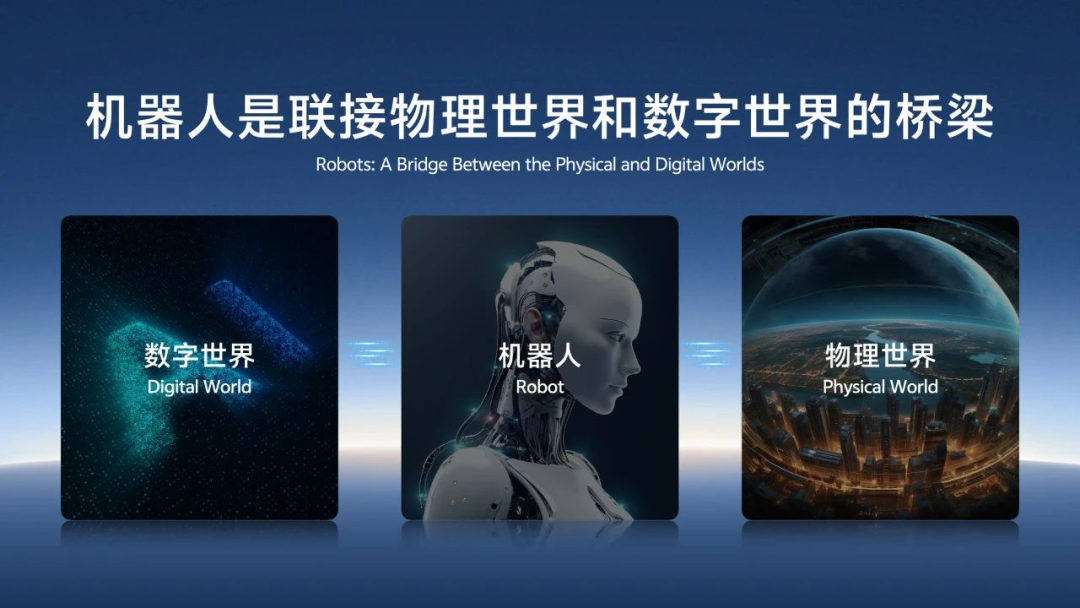
"Current AI and robots represent the pinnacle technological achievements of the digital and physical worlds, but these two worlds are still relatively independent and haven't been perfectly linked." Hu Baishan believes that robots will bridge the physical and digital worlds, adhering to the value criterion of being people-oriented and returning to user scenarios to create ultimate experiences.
02
Three Reuses:
Building a Robust Trio of Capabilities for Household Robots
Focusing on robots for personal and household scenarios is a more challenging path.
From factories to individuals, household scenarios impose more complex requirements on robots: they need to possess professional tool attributes (precise execution), emotional companionship value (better understanding of users), and environmental adaptability (unstructured spaces, safer, and more personalized).
This complexity is the main pain point causing the current "upper body" of household robots to be immature, and it's also a test for vivo.
vivo's approach to solving industry pain points is to focus on incubating the "brain" and "eyes" of robots, while entrusting the "flexible body" and "dexterous hands" of robots, i.e., the mechanical system, to partners.
From "Extreme Business" observations, under this path, relying on over 30 years of technological accumulation and practical experience in mobile phones and communications, vivo is expected to transform these assets into reusable advantages in the robot sector.
The first is the reuse of AI capabilities, giving household robots a "super brain".
Like humans, the core of robots lies in the brain—all computations, decisions, and learning hinge on the robot's central nervous system, supported by the brain. This direction, established 40 years ago, has been delayed due to technological limitations.
The rise of artificial intelligence has become a major catalyst for accelerating the robot industry. The challenge is that robots successfully completing obstacle avoidance, handstands, and backflips are mostly trained for single tasks. To enter household scenarios and possess autonomous decision-making and dynamic interaction capabilities, it's necessary to build stronger AI capabilities.
Building on its accumulated AI capabilities, training the AI Agent's capabilities is currently a key sub-task for vivo's Robot Lab. This will become the brain of vivo's future robots.
vivo began its AI technology layout in 2017 and established the vivo AI Global Research Institute in 2018. Starting from 2019, it has invested over 10 billion yuan annually in research and development, forming an AI R&D team of over 1,000 people.
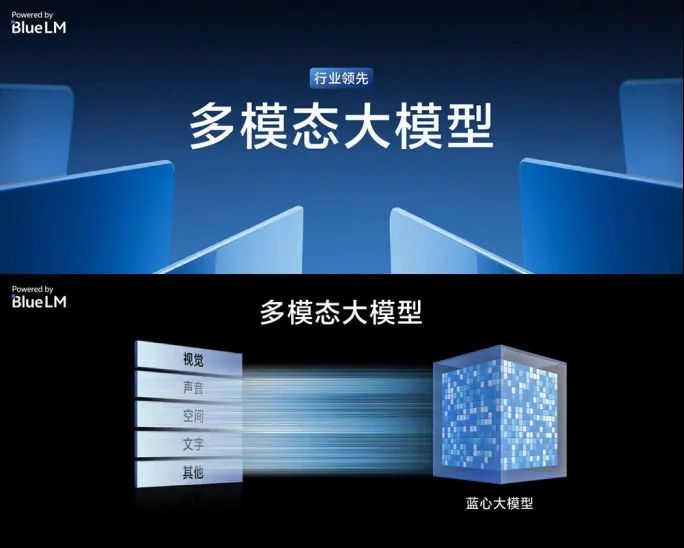
In November 2023, vivo launched five self-developed BlueMind large models simultaneously, becoming the first mobile phone manufacturer to achieve large model loading on mobile devices. Last year, these were upgraded to language, speech, image, edge-side, and multi-modal large models, ushering in a new revolution in human-computer communication methods, with vivo's AI capabilities continuing to lead the domestic first tier.
Industry insiders predict that vivo will reuse and migrate its accumulated AI capabilities to the robot's "brain". For example, with the BlueMind large model, robots can possess autonomous "perception-decision-execution" capabilities, much like in the movie "Ex Machina", perfectly adapting to immediate service needs in household environments.
The second is the reuse of imaging and MR technologies to create the robot's "eyes" for precise perception of the external world.
Over 70% of human external information acquisition comes from the eyes. For robots to see as far, as widely, as understandably, and as effectively as human eyes, or even surpass human eyes in some functions, it depends on their visual recognition and spatial perception capabilities.
This requires the most cutting-edge mobile imaging technology. A consensus is that through self-research and co-research, vivo's blueprint imaging capabilities are industry-leading. For example, the vivo X100 Ultra released last year is the only Android phone that supports 3D imaging, creating an immersive 3D imaging experience through deep software and hardware integration. This technology can enable household robots to achieve precise and efficient 3D visual recognition.
At the same time, MR technology, balancing real and virtual experiences, brings virtual-real fusion, spatial perception, and high interactivity, which are crucial for robots' spatial perception construction. Hu Baishan previously stated that MR is a critical technology for making good robots, and if MR is done well, there will be no issues with the robot's spatial perception capabilities.
Currently, vivo's MR R&D team has expanded to 500 people, and at this Boao Forum, vivo demonstrated its mixed reality headset, an MR prototype experience product.
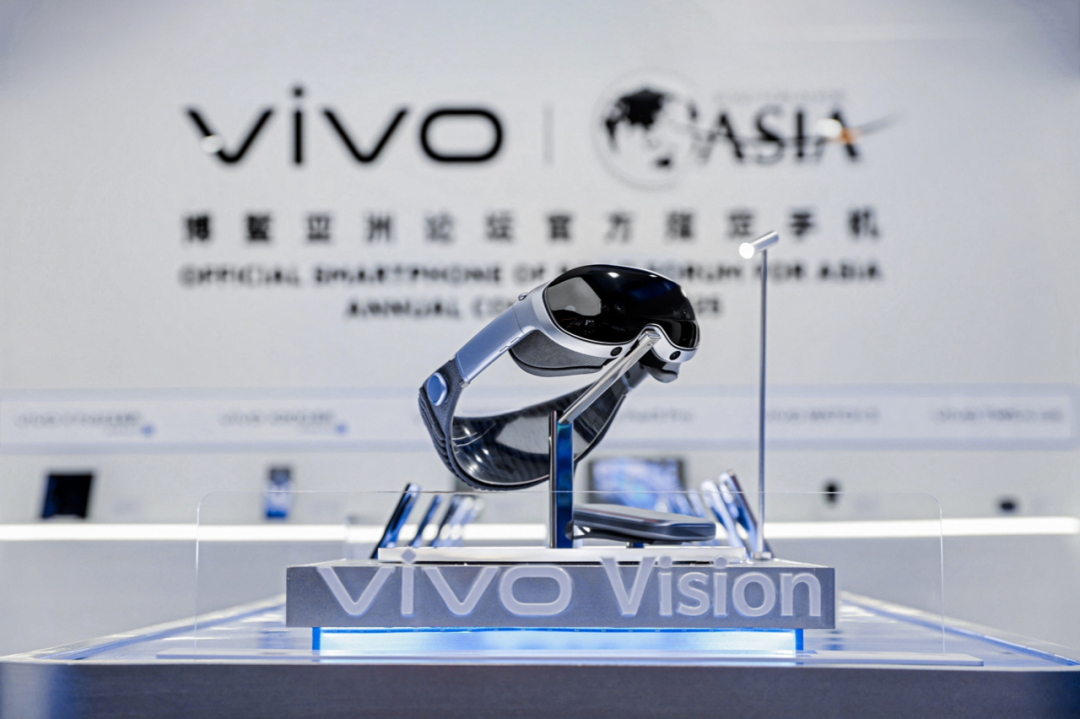
▲vivo Mixed Reality Headset
Industry insiders believe that besides viewing MR as a new ecological category, it also highlights the technology's high reuse value in creating the robot's "eyes".
The third is data reuse, providing a testing ground for the implementation of robot scenarios.
Data is the foundational engineering for building a robot's "brainpower" and a key factor in completing the closed-loop evolution from digital cognition to physical execution, determining the level of robots' intelligence.
Data feeding for robots—especially household robots—isn't equivalent to data feeding for large model training and can't be compared to large model data. Simply put, it relies on real-scenario data, such as data from cooking, pouring water, nursing, and other household scenarios. This isn't easy. For example, teaching a robot to pour water involves changes in multi-dimensional information like grip strength, water temperature, and trajectory.
The scarcity of data has emerged as the paramount hurdle in the evolution of robotics. This predicament led OpenAI to disband its robotics division four years ago. Furthermore, the cost of data collection is exorbitant. According to insiders from the NVIDIA Research Center, a team of 40 individuals was required solely for Tesla's robot, "Optimus," to accomplish the task of inserting a battery into a box.
Across various industries, only the mobile phone sector, which has seamlessly integrated into our daily lives, can fulfill the data demands of real-world scenarios. Taking vivo as an illustration, with a global user base of 500 million, covering virtually all user scenarios and needs, it serves as a testbed for the application of robotic scenarios. This enables household robots to better comprehend users and truly function as "life assistants."
03
Hardware Minimalism, Intelligence Maximization:
Kicking Off a Golden Decade with an Ecological Closed Loop
Currently, the entire robotics industry is still in its nascent exploratory phase, with numerous entrants adopting diverse and uncertain technological paths. vivo has made it explicit that it will solely concentrate on the brain and eyes of robots, forgoing the development of full-body hardware such as mechanical arms, dexterous hands, and robot bodies.
This decision is rooted in vivo's guiding principles.
It is said that it is better to see the bigger picture than to focus on minor disputes, and even better to adhere to one's principles. Whether making mobile phones or venturing into robotics, vivo employees are acutely aware that while embracing uncertainty and continuously investing in long-term innovation is essential, confronting that uncertainty to ensure the health and longevity of the enterprise is equally crucial. This necessitates selecting the right paths, exercising restraint, and making trade-offs to ensure success.
Entering the robotics sector necessitates considering cost factors. Early robots manufactured by Boston Dynamics cost over $2 million, and the industry still grapples with high production costs, typically starting at $100,000. Although Elon Musk predicts that Tesla's Optimus robot will drop to $20,000-$30,000 after mass production in 2026, for household robots aiming at the consumer market, most families cannot afford them.
Cost reduction necessitates mass production, which in turn relies on rapid technological iteration and maturity.
Adopting a "lightweight hardware, heavy intelligence" approach helps vivo avoid the "cost curse" of robotic hardware, enabling it to concentrate its efforts on research and investment in the "brain" and "eyes." By zeroing in on user needs and pain points, vivo can achieve breakthroughs in key technologies, ultimately driving mass production. Just as vivo has established itself in the mobile phone industry with its expertise in design, imaging, systems, and performance, without the need to produce SOCs or screens, it continues to produce industry-leading flagship models.
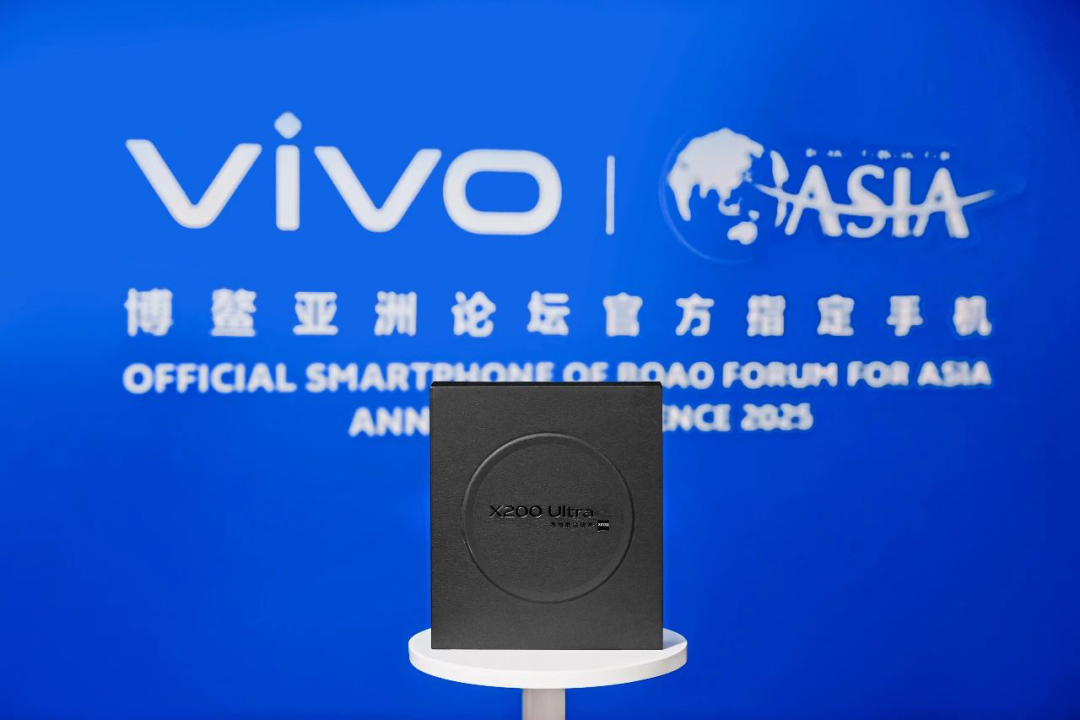
More importantly, failing to make the right trade-offs runs counter to vivo's business philosophy of "mutual coexistence and prosperity" and cannot foster the prosperity of the home robot industry.
Compared to the tens of thousands of components in a mobile phone, a home robot lags behind with only thousands of components, but its upstream and downstream industrial chain remains complex. The upstream industrial chain encompasses key components such as dexterous hands, lead screws, reducers, sensors, motors, and controllers, with numerous companies involved in each segment. A high degree of specialization is an inevitable trend.
As the saying goes, "Geese flying in formation can go far." Aligned with the business philosophy of "mutual benefit and win-win," vivo's belief, garnered from the mobile phone industry, is that specialization is the optimal solution for modern industrial collaboration. Only through the synergy of independent and open innovation can the maximum delivery of user value be achieved. The breakthrough of the Blue Technology brand stems from collaborative innovation within the industrial chain.
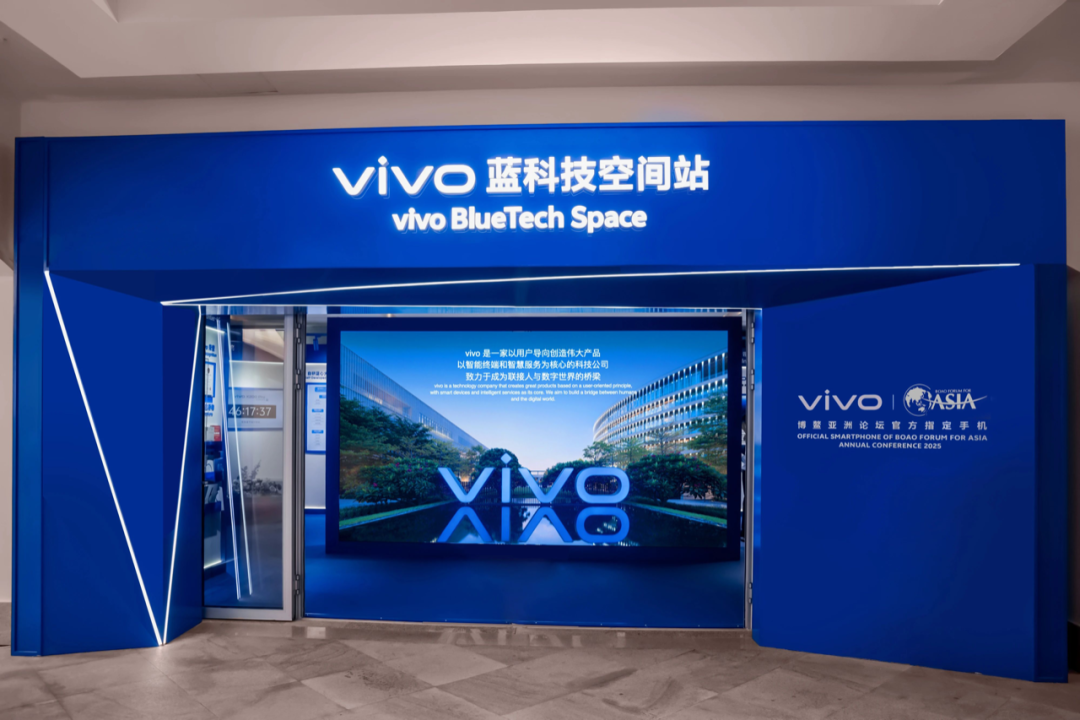
The formation of an industrial ecological effect also hinges on vivo. Components such as displays for home robots, AI chips, and large models are inherited from the mobile phone industry. This means that vivo's mature mobile phone industrial chain supply system and its own technological research and development capabilities will provide the industrial chain with irreplaceable infrastructure. This will bring more application scenarios, reduce hardware marginal costs, avoid "reinventing the wheel," and help partners occupy a dominant position in the supply chain.
When technology can be reused, ecosystems can be synergized, co-constructed, and closed-looped, a positive cycle of "hardware-data-scenario" is fostered. This activates the momentum of technological innovation and propels home robots closer to the threshold of their golden decade.
04
Origin of Innovation:
Echoes from Deep Understanding of Users
Much like Bill Gates' 1995 prediction that "every household will have a PC," promoting home robots into thousands of households is the shared aspiration of all practitioners.
For vivo, which targets 2C home robots, the differentiation from other giants such as Apple, Samsung, and Tesla is pronounced. Its market entry is not directly through hardware competition, and its purpose is clear: to focus on scenarios and build an ecosystem through "technology reuse," positioning itself as the brain at the convergence of the machinery and AI industries in the robotics landscape.
From this perspective, vivo's "ambition" in the robotics landscape is ambitious, and it is challenging to find a suitable benchmark. Nonetheless, Hu Baishan also emphasized that gradual breakthroughs are feasible, and the launch of robot products tailored to specific user scenarios is not out of the question along the way.
"The Origin of Innovation: A History of Scientific and Technological Progress" highlights that all great innovations stem from a profound understanding and response to social and user needs. This year marks the 30th anniversary of vivo. In this journey that profoundly influences the intellectualization of human society, vivo is leveraging its 30 years of technological reserves to prove once again in the home robot landscape that true innovation does not lie in chasing trends but in allowing technology to flow naturally along the river of user needs – this is vivo's consistent pursuit of the essence of technology and a return to user-oriented values.

